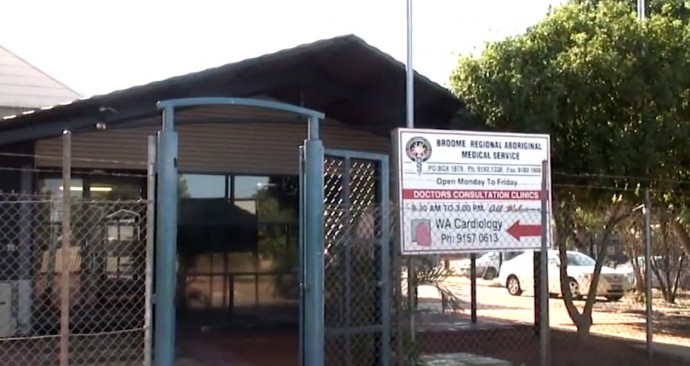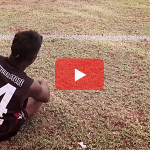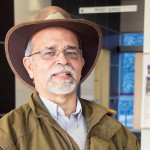AMS of the Week
In 1978 with nothing but a vision and the help of volunteers dedicated to improving the health of Aboriginal and Torres Strait Islanders in the Kimberley region, the Broome Regional Aboriginal Medical Service (BRAMS) opened its doors.

BRAMS provides healthcare to Broome, WA, and surrounding communities.
Now, almost 40 years later, BRAMS still strives to treat the array of health deficiencies on Jukun Country and the surrounding communities of Bidyadanga and Beagle Bay, with a team of culturally aware and appropriate staff.
“Broome is a beautiful paradise, the sun is shining, the weather is beautiful, the water is crystal blue,” says CEO of BRAMS, Henry Councillor. “But unfortunately under the dark side of life there is a lot of ill health and a lot of chronic problems we currently have in the Kimberley, even so in Broome.”
BRAMS is a part of the Kimberley Aboriginal Medical Services Council (KAMSC). Their clinical services and health programs include pregnancy, child health, women’s health, chronic disease, sexual health, and health education.
According to Henry, prevalent chronic diseases in the community are rheumatic heart disease, diabetes, and renal failure, and while they’re a major area of focus, so too are mental health problems. But Broome’s geographical location makes it hard to deliver full, comprehensive care to patients with certain conditions.
“Isolation creates a number of problems and issues with us, particularly in terms of transportation, accessing specialist care but also looking at secondary and tertiary care,” he explains. “Our nearest major hospital is 2500km south in Perth and probably another 2000km north, to Darwin.”
In the future, BRAMS hopes to become self-sufficient and able to fully cater for residents, both Indigenous and non-Indigenous, whom require specialist care to lift the extra burden of travelling.
“We tend to have a lot of evacuations from our particular region, but hopefully in time in the next five to 10 years, we’ll be able to build capacity within our communities, particularly in the Broome area, to accommodate for those who fly out, fly in and try and develop and create a method of treatment closer to home.”






Comments are closed.